What are the differences between reverse osmosis water filters and other water treatment methods?
Reverse osmosis water filter system is an efficient water treatment technology that has unique advantages and some limitations compared to other water treatment methods. In the following text, a detailed comparison will be made between reverse osmosis ro water filters and other major water treatment methods.
1. Reverse osmosis water filter system vs. traditional filtration methods
Traditional filtering methods:
Filter media: Traditional filtration methods use sand, quartz, activated carbon, etc. as filter media to remove suspended solids, particles, and organic matter through physical filtration and adsorption.
Scope of application: Mainly used for removing large particles and suspended solids, with poor removal effect on solutes and microorganisms dissolved in water.
Maintenance: Regular cleaning or replacement of filter media is required, and maintenance costs are relatively low.
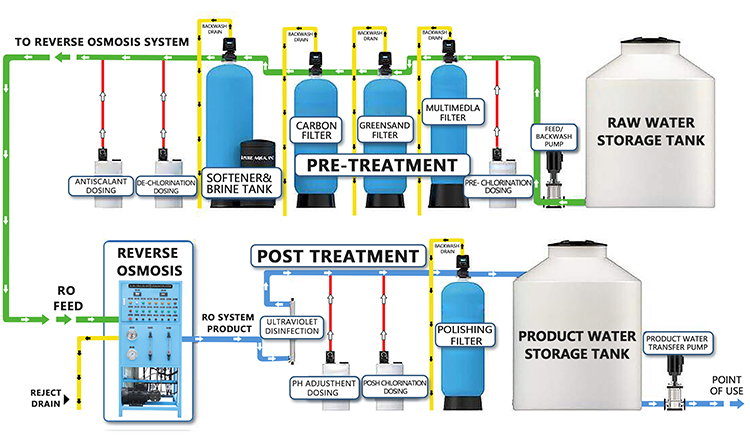
Reverse osmosis ro water filter system:
Filtering principle: Physical filtration is carried out using a semi permeable membrane, which removes dissolved substances, bacteria, viruses, and other small particles from water through permeation and permeation mechanisms.
Scope of application: It can efficiently remove microorganisms, dissolve salts, heavy metals, etc., and is suitable for fields such as drinking water treatment and seawater desalination.
Maintenance: Regular replacement of reverse osmosis membranes is required, and maintenance costs are relatively high.
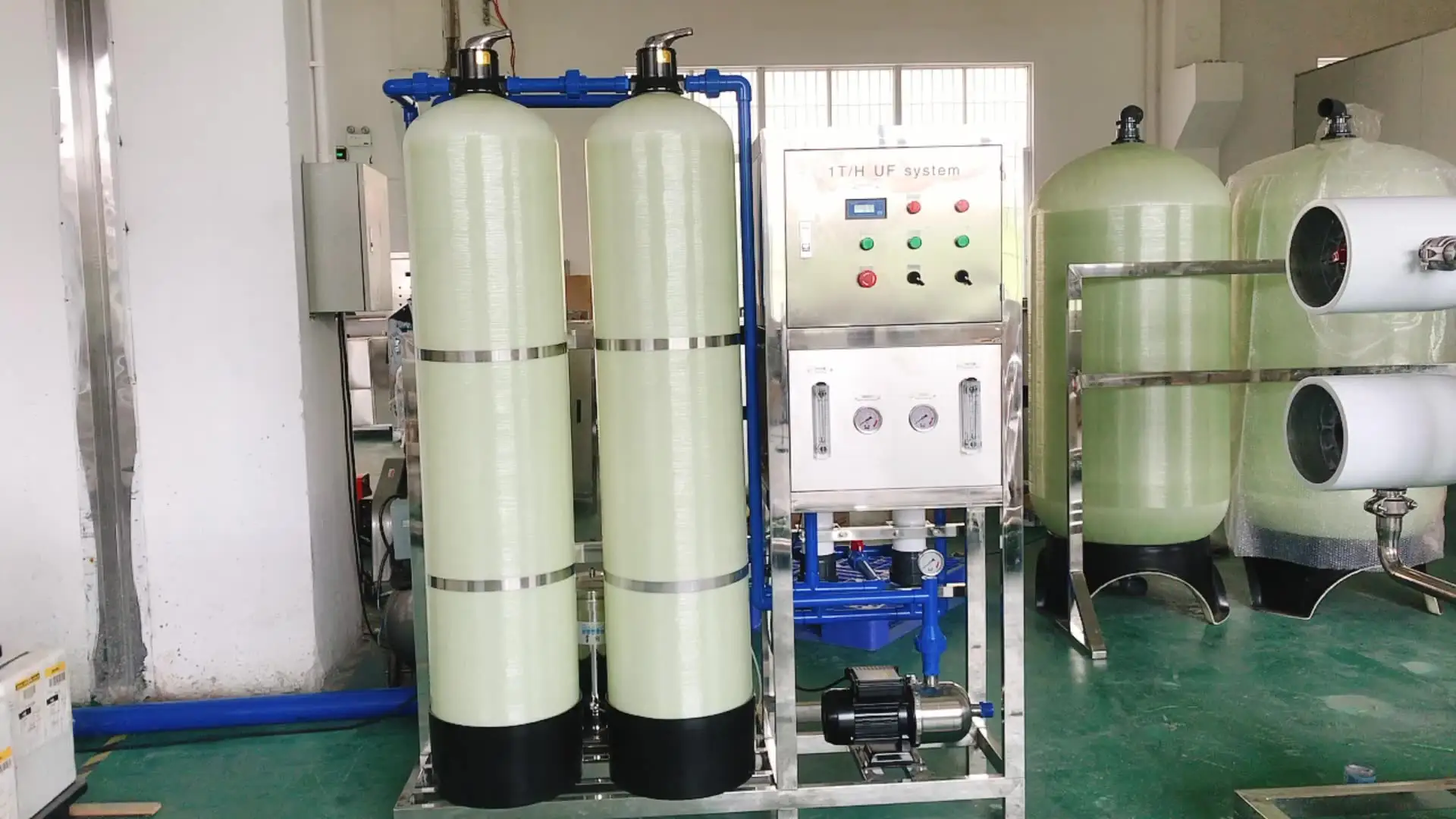
2. Reverse osmosis ro water filter vs. activated carbon filtration
Activated carbon filtration:
Filtering principle: Activated carbon removes organic matter, odors, and residual chlorine from water through adsorption.
Scope of application: Mainly used to enhance the taste and odor of water, with limited removal effects on microorganisms and dissolved salts.
Maintenance: Regular replacement of activated carbon filters is required, and maintenance costs are relatively low.
Reverse osmosis water filter system:
Filtering principle: Through the physical filtration of semi permeable membranes and the separation effect of semi permeable membranes, microorganisms, dissolved substances, heavy metals, etc. are efficiently removed.
Scope of application: Suitable for providing high-purity water, capable of removing a wider range of pollutants.
Maintenance: Regular replacement of reverse osmosis membranes is required, and maintenance costs are relatively high.
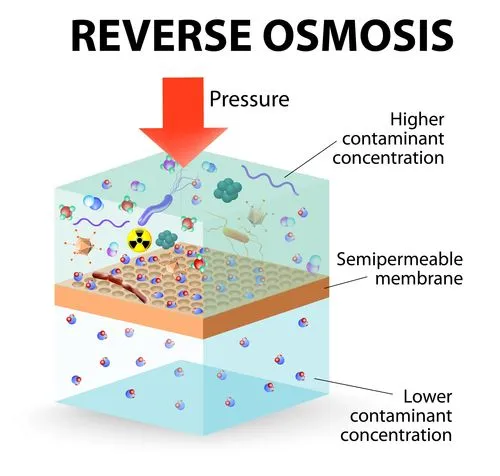
3. Reverse osmosis ro water filter vs. UV disinfection
UV disinfection:
Filtering principle: Using ultraviolet radiation to kill bacteria, viruses, and other microorganisms in water.
Scope of application: Mainly used for inactivating microorganisms, with poor removal effect on suspended and dissolved solids.
Maintenance: Regular replacement of UV lamps is required, and maintenance costs are relatively low.
Reverse osmosis water filter system:
Filtering principle: Through the physical filtration of semi permeable membranes, microorganisms, dissolved salts, and other pollutants can be removed.
Scope of application: Suitable for efficient removal of microorganisms and various pollutants, providing high-quality water.
Maintenance: Regular replacement of reverse osmosis membranes is required, and maintenance costs are relatively high.
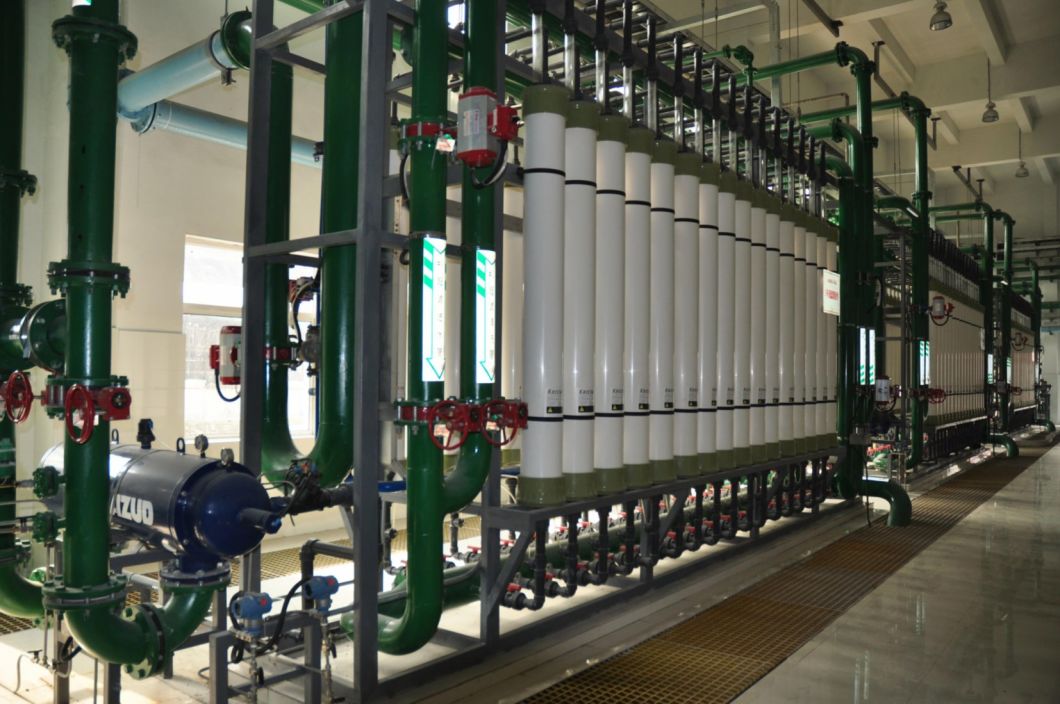
4. Reverse osmosis ro water filter system vs. softened water treatment
Softening water treatment:
Filtering principle: It mainly removes hardness ions such as calcium and magnesium from water through ion exchange.
Scope of application: Mainly used to reduce scale and improve the texture of water, with limited removal effects on microorganisms and dissolved substances.
Maintenance: Regular regeneration of ion exchange resin is required, and maintenance costs are relatively low.
Reverse osmosis water filter system:
Filtering principle: Through the physical filtration of a semi permeable membrane, microorganisms, ions, dissolved substances, etc. can be removed.
Scope of application: Suitable for efficient removal of microorganisms and various pollutants, providing high-quality water.
Maintenance: Regular replacement of reverse osmosis membranes is required, and maintenance costs are relatively high.
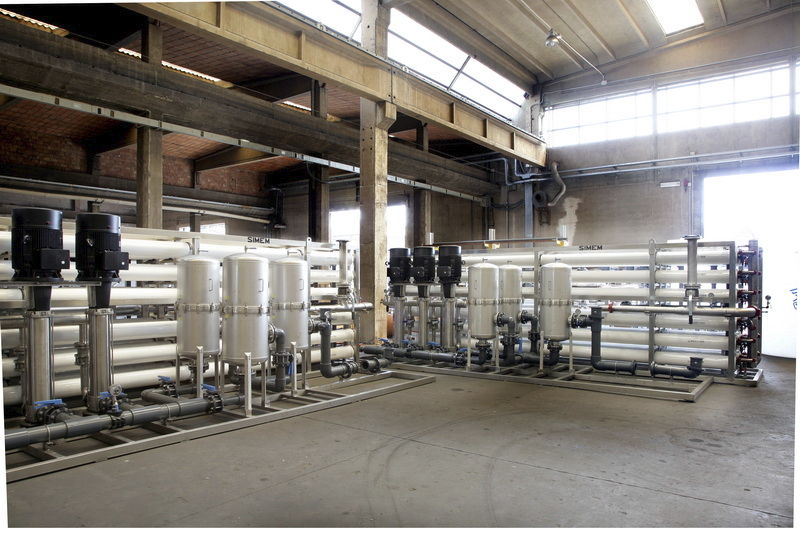
5. Comprehensive comparison and selection suggestions
Water quality requirements: If the main focus is on the removal of microorganisms and various pollutants, reverse osmosis water filters are a more comprehensive choice. If the main focus is on the taste, odor, or scale of water, other water treatment methods can be considered.
Maintenance costs: The maintenance costs of different water treatment methods vary and need to be selected based on individual budget and maintenance willingness.
Water treatment effect: Based on the characteristics of the water source and individual needs, choose the best method that can meet the water quality requirements.
Overall, each water treatment method has its specific application areas and advantages. The best choice depends on the specific water quality needs, budget, and attitude towards system maintenance of the household. Before making a decision, it is best to conduct a comprehensive water quality test to understand the types of pollutants in the water, in order to select the most suitable water treatment technology.




